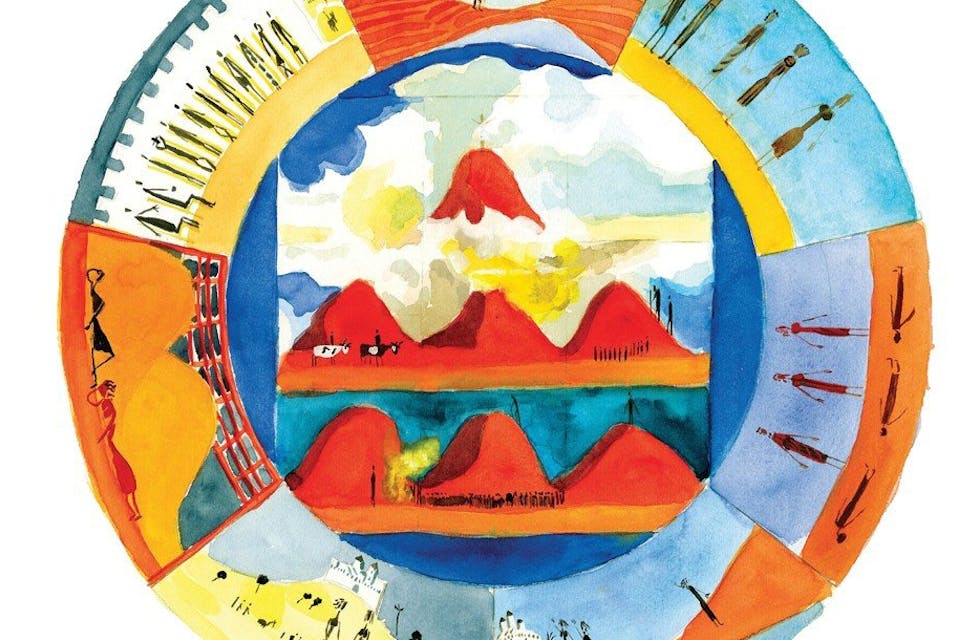
April 19, 2018
A Look at Some of the Most Striking Haggadahs Ever Produced
A sumptuous new book collects 100 examples of decorated and illuminated haggadahs from across Europe, Israel, America, and beyond.
Among the customs of the Passover seder is the practice, early on, of breaking the matzah that occupies the middle position in the ritual stack of three on the seder plate. As if the participants were slaves, unsure of when they will find their next meal, the larger of the two “halves” is hidden away, to be consumed after the meal, while the smaller piece is first raised and then put back in place but remains exposed while the account of the Exodus is recited.
And what a rich account it is. Still, it is a story told only in, as it were, chapter headings, a tantalizing potpourri of hints, suggestions, and allusions—pieces of a larger puzzle that, around many a table, provide launching pads for further rehashings and recountings that can and sometimes do extend late into the night. And when that happens, it is regarded, in the words of the haggadah, as “all the more praiseworthy.”
Which brings me to the bread that Adam Cohen offers up in Signs and Wonders: 100 Haggadah Masterpieces—a sumptuous new book, leavened with all manner of delights, that rises to the occasion of this most interactive of Jewish holidays. Picking up from where Yosef Hayyim Yerushalmi left off in his magisterial Haggadah and History, Cohen leads us on a visual journey through some of the most striking examples of decorated and illuminated haggadahs produced in Europe, Israel, America, and places farther afield ever since the dawn of the genre with the Griffins’ Head Haggadah (ca. 1300, also known as the Birds’ Head Haggadah) in what is now Germany.